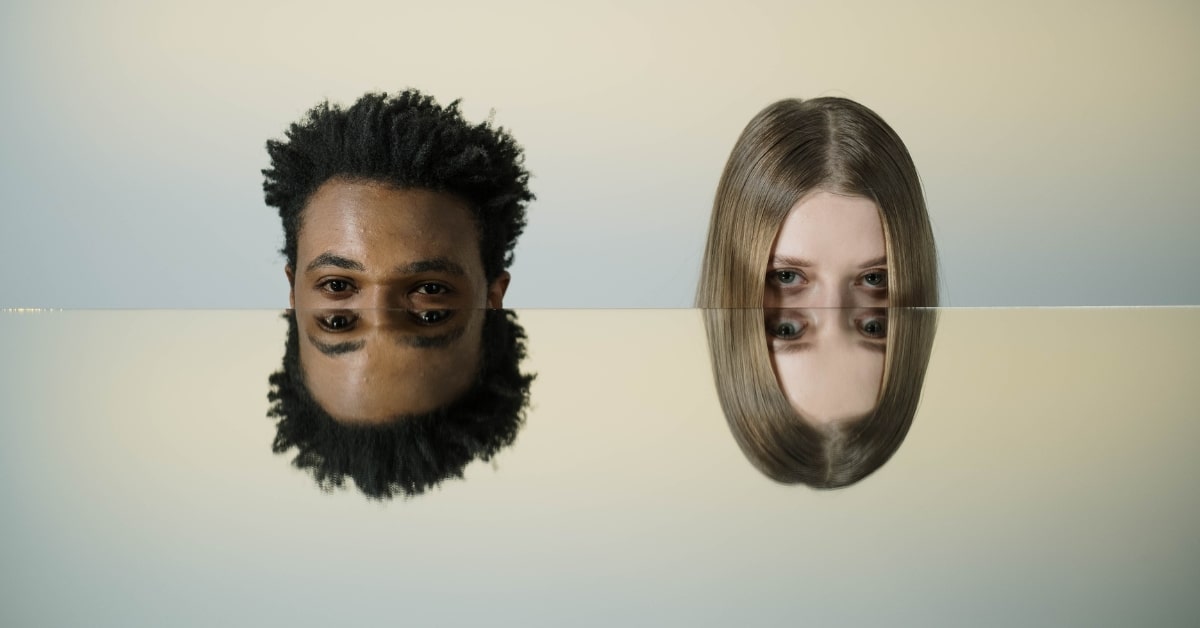In the realm of digital design and photo editing, image shadow effects serve as a quintessential tool for enhancing the appeal and depth of visuals. From websites to marketing materials, understanding and harnessing the potential of these effects can significantly elevate the aesthetics and impact of your images.
What Are Image Shadow Effects?
Image shadow effects are visual enhancements applied to images to create the illusion of depth and perspective. They involve adding shadows around or behind objects in an image, mimicking how light falls on and interacts with these elements in the real world. These effects can be subtle or dramatic, depending on the intended style and purpose.
Types of Image Shadow Effects
- Drop Shadow: This effect adds a shadow below an object, making it appear lifted or floating above its background.
- Inner Shadow: Placed inside the edges of an object, this effect simulates a light source within the image, creating depth.
- Outer Shadow: Applied outside the edges of an object, this effect mimics a shadow cast by an external light source.
- Long Shadow: This effect extends the shadow of an object in a specific direction, often used to convey distance or emphasize directionality.
Reasons to Use Image Shadow Effects
- Visual Depth: Shadows add depth and dimension, making images appear more lifelike and engaging.
- Focus and Emphasis: Highlight important elements by adding shadows to draw attention.
- Consistency in Branding: Establish a consistent visual style across various design materials.
- Enhanced Realism: Create a more realistic and immersive visual experience.
Implementing Image Shadow Effects
- Using Design Software: Tools like Adobe Photoshop, Illustrator, or online platforms offer various shadow effect options.
- CSS and HTML: Web designers often utilize CSS (Cascading Style Sheets) to implement shadow effects directly into web elements.
- Plugins and Apps: Several apps and plugins specialize in adding shadow effects, simplifying the process for non-designers.
Best Practices for Effective Use
- Subtlety is Key: Avoid excessive or distracting shadows that overpower the main content.
- Consistency: Maintain uniformity in shadow styles across your designs for a cohesive look.
- Consider Context: Adapt shadow effects based on the image’s context and intended audience.
FAQs
Are image shadow effects compatible with all image formats?
Most image formats support shadow effects, but the degree of compatibility may vary. Popular formats like JPEG, PNG, and SVG generally work well with shadow effects.
Do shadow effects affect website performance?
Minimal shadow effects typically have a negligible impact on performance. However, excessive use of complex shadows might marginally affect loading times.
Can image shadow effects be adjusted for mobile devices?
Yes, shadow effects can be optimized for mobile devices by adjusting their size, intensity, or presence based on screen size and resolution.
Are there accessibility concerns related to using image shadow effects?
Ensuring sufficient contrast between shadows and the background is crucial for accessibility. High contrast ensures readability for users with visual impairments.
How do I choose the right shadow effect for my images?
Consider the mood, context, and intended focus of the image. Experiment with different shadow styles to find what best complements your visual content.
This page was last edited on 27 February 2024, at 2:22 pm
